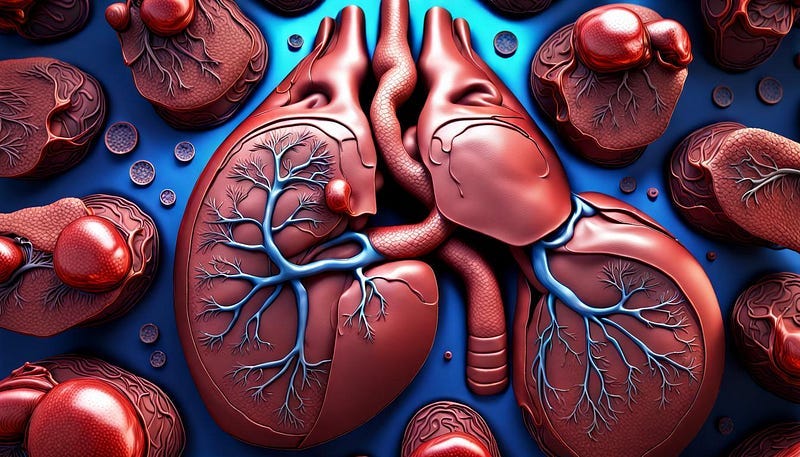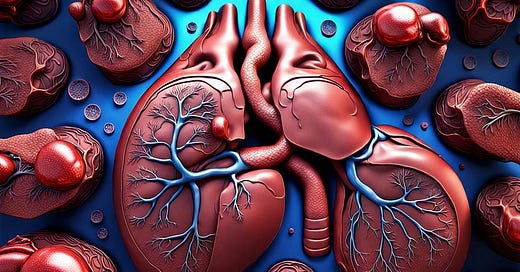Plainly Put
New research on liver cancers

New research on liver cancers have made some progress into the pervasive nature of this disease.
I have interpreted these papers, and rewritten the findings into plain English to make things clearer.
Cancer, specifically a type called Hepatocellular Carcinoma (HCC), is a serious disease that grows in the liver and has a good supply of blood. The researchers studied tiny particles called exosomes, which carry important information, like microRNAs (miRNAs), between cells. These miRNAs can influence how the cancer grows and spreads.
Key findings
The researchers found a specific miRNA, called miR-3174, in these tiny particles (exosomes).
These exosomes with miR-3174 can be taken up by cells in our body, specifically ones called human umbilical vein endothelial cells (HUVECs).
Inside HUVECs, miR-3174 targets and stops a protein called HIPK3. This, in turn, affects signalling pathways called Fas and p53, which are important in controlling cell behaviour.
The researchers discovered that under conditions where there is not enough oxygen (hypoxia), the cancer cells produce more miR-3174.
Another protein called HNRNPA1 helps pack miR-3174 into the tiny exosomes.
What happens in the body
When HUVECs take up these exosomes, it makes them more permeable and encourages them to form new blood vessels (angiogenesis).
This process helps the cancer to grow and spread (metastasis) more effectively.
Clinical connection
The researchers also looked at information from real patients and found that those with higher levels of miR-3174 had a worse prognosis, meaning their outlook for recovery was not as good.
In summary, the researchers found that, in certain conditions, cancer cells release tiny packages containing miR-3174. When these packages are taken up by other cells in the body, it helps the cancer grow and spread more aggressively. Understanding this process could potentially help doctors find new ways to treat cancer.
Remember, this is a simplified version, and the actual paper involves a lot more scientific details. But I hope this gives you the basic idea!
Sources:
DOI: https://doi.org/10.1016/j.isci.2024.108955
Creative Commons Attribution — NonCommercial — NoDerivs (CC BY-NC-ND 4.0)




